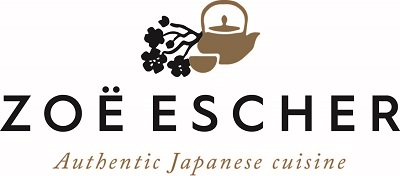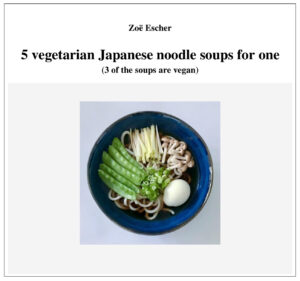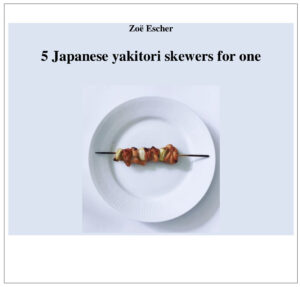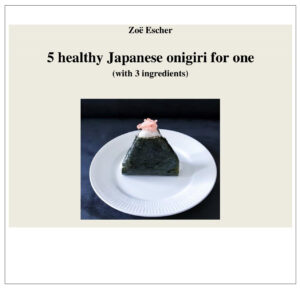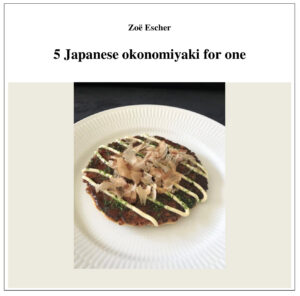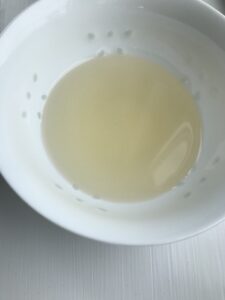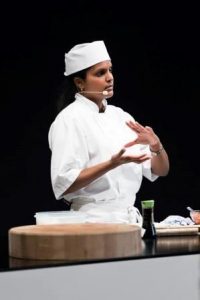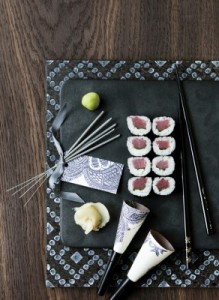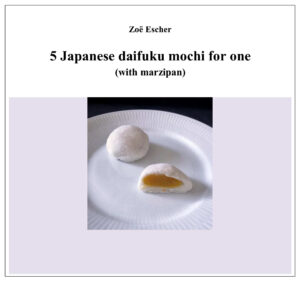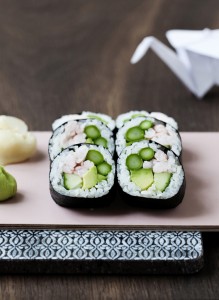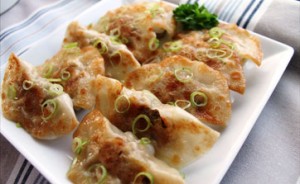
Spring is just around the corner, and what better way to welcome it than with some delicious Japanese dishes?
Japan is known for its rich and varied cuisine that embraces a wide range of flavors and textures. Here are three classic Japanese dishes that are perfect for celebrating spring.
Gyoza
The small, juicy dumplings are a favorite among many and are perfect as a starter or snack. And for some a whole meal.
The tasty filling with pork, greens and Japanese spices makes them irresistible. combination of crispness and juiciness. Serve them with a delicious soy dip and a little chili oil to kick-start the taste buds.
Fried noodles
A tasty dish that is perfect for a dinner. Japanese noodles, greens and juicy large prawns make this healthy dish the perfect choice on busy days. A delight for the taste buds.
Teriyaki salmon
A classic of Japanese cuisine, teriyaki salmon is a symphony of sweetness and umami. The juicy and tender Faroese salmon is glazed in a wonderful teriyaki sauce which is made from scratch. A sauce that provides a perfect balance between salt, sweetness and sourness. Served with vegetables, it is a light and tasty way to enjoy spring’s fresh ingredients.
So why not welcome spring with these classic Japanese dishes?
Read more about Traditional Japanese cooking course for beginners
_
Zoë has lectured and held sushi courses for A. P. Moller – Maersk, Hugo Boss Nordic, Novo Nordisk, Novartis, Velux, Gorrissen Federspiel, Beierholm revision, Elbek & Vejrup and many more.
